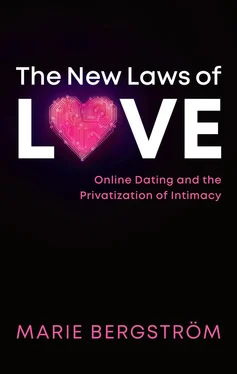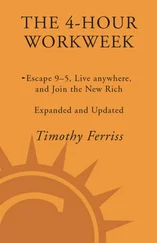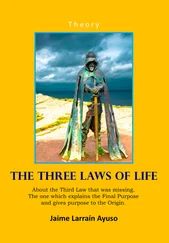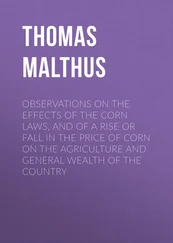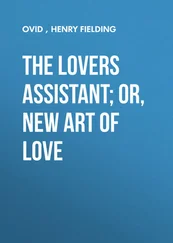Nineteenth-century observers knew, just as we do today, that love is not blind. People have partner preferences but are reluctant to verbalize them. In an ordinary social setting, these preferences can remain implicit: we approach people in whom we are interested (and ignore others), and so we carry out a non-verbalized selection. But matchmaking services – whether in print or online – make these preferences explicit and put them on the public scene. To a present-day observer, it is relatively easy to see what the nineteenth-century commentators did not want to admit: that the matrimonial ads and agencies did not themselves generate the economic considerations that floated around marriage but made them explicit. In the same way, dating platforms have not created the social, racial, and sexual preferences that play out online – something they are often accused of. They do, however, make these criteria very visible. Thus we can say that dating services make explicit the terms of partner selection and, in doing so, challenge our representations of love.
The moral stigma surrounding matchmaking services would lastingly hold them in disrepute, and matrimonial agencies and ads never gained much traction. Even in their heyday, between the two world wars, when agencies were opening with branch offices and greater use of classifieds in major dailies, they remained marginal, according to surveys conducted during the twentieth century. In France in the mid-1980s, less than one couple in a hundred had met through matrimonial agencies or ads, and an overwhelming majority of the French population said that they would never consider using them (Bozon and Heran, 1989). The tone of disapproval echoed the complaints heard one century earlier: the system continued to carry a stigma of commercialization and fraud and was not considered “serious.” A survey conducted in the United States in 1992 gives a very similar picture: only 1% of the American respondents had met their partner through a personal ad (Laumann et al., 1994). New digital technologies would nevertheless renew the matchmaking business.
BBS and Minitel networks: praise and prejudice
The first experiments with “computer dating” ( Figure 1.2) date back to the late 1950s, when students at Harvard and Stanford used punch cards to match candidates for dates (Gillmor, 2007; Sprecher et al., 2008). A similar arrangement was adopted for scientific purposes in the 1960s, when social psychologists were investigating the factors at work in interpersonal attraction, one of the discipline’s pet topics at the time (Coombs and Kenkel, 1966; Byrne et al., 1970). Researchers programmed the computers to match men and women according to a predetermined formula, established on the basis of data from questionnaires, physical attractiveness scales, and personality tests. Dates were arranged and subsequently evaluated after participants submitted their satisfaction questionnaires. The system was also marketed by marriage agencies; one of the earliest to specialize in computer matchmaking was the Scientific Marriage Foundation, which had started business in 1957 (Joyce and Baker, 2008). The agencies introduced men and women who were found compatible in terms of preferences and personality traits, and also homogamous about age, ethnicity, social and occupational status, and religion (Sindberg et al., 1972). Some thirty years later, such experiments were carried over into the automatic matching arrangements available on different forms of computer networks.
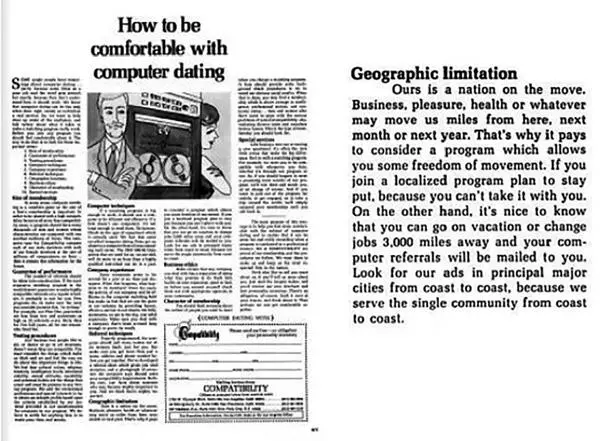
Figure 1.2.Newspaper publicity for the “computer dating” agency Compatibility ( LIFE , August 1969)
When new technologies were introduced in the 1980s, the matching services made great strides. Computers in the United States were networking since the late 1960s, but it was only with the expansion of microcomputing in the 1980s and the introduction of BBSs that online communications would become commonplace. Anyone with a personal computer and a dial-up modem could access a bulletin board and send messages to other users. Some of these services would rapidly specialize in dating (see Figure 1.3).
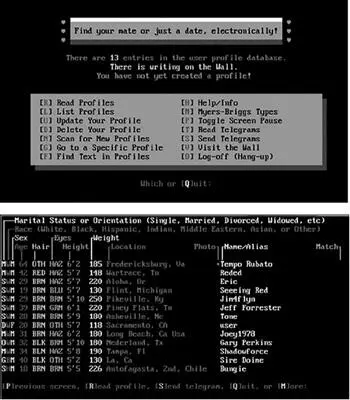
Figure 1.3.Interface of the BBS Matchmaker
Two of the BBS dating services that attracted the greatest media coverage were Dial Your Match and Matchmaker, which went online in 1981 and 1986 respectively. In addition to a place for posting “bios,” they offered a matching system. New users completed an online questionnaire with some fifty closed and open-ended questions primarily concerning sex, age, sexual orientation, physical appearance, occupation, values, hobbies, and personality. Once the form was completed, it was compared automatically with other users’ responses, with the help of an algorithm programmed to find a compatible partner. Compatibility was determined by the number of identical responses, and the new user could browse through a list of “suitable” partners and send them private messages (Scharlott and Christ, 1995).
France developed a national network approximately at the same time. Users accessed a videotex system using a terminal called Minitel – a name that would ultimately come to refer to the whole network. One of the most popular features of the Minitel was that of “friendly messaging systems” ( messageries conviviales ). By the late 1980s, these chat services accounted for the lion’s share of the networks’ data traffic (excluding business applications), and by the mid-1990s there were some 800 platforms in France (Rincé, 1990; Jouët, 2011). The messaging services ( messageries ) were mainly operated by newspaper and magazine publishers and given names such as “Jane” and “Aline” (these two were run by the weekly Le Nouvel Observateur ), “Turlu” (slang for telephone; run by the daily Libération ), and “Union” (the name of an erotic magazine; run by Hachette ). Many of them where of a sexual character. As Josiane Jouët’s research shows, a lot of people used the messaging services as a forum for explicitly sexual discussions, where users could flirt and air their fantasies without necessarily meeting in person (Jouët, 1987). Although the Minitel system was not used solely for this purpose, it was to be remembered mostly for its erotic content (see Figure 1.4).
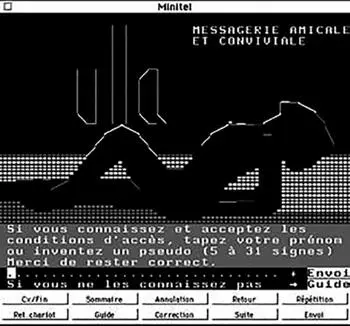
Figure 1.4.Interface of the Minitel messaging system ULLA
The reactions to North America’s BBSs and France’s messageries were totally different, in spite of the similarities between the two. In the United States, the growth of online communication was largely idealized and welcomed as a positive social change. The network’s structure was seen as a horizontal universe; this is how it appeared both to its designers – academics and data scientists who were also its main users – and to the media that reported on its development (Flichy, 2001; Turner, 2010). This “digital utopianism,” as Fred Turner described it, largely extended to the BBS dating services, which were also seen in a positive light. Print journalists and academics heralded BBSs as profoundly “democratic” platforms that allowed interactions to be unaffected by individuals’ age, sex, social background, handicaps, or other social characteristics. Users would be able to judge each other on the basis of values, ideas, and personality rather than physical appearance, and would be freer to express their desires. The enthusiasm carried over to the explicitly sexual platforms, which were lauded for being egalitarian.
Читать дальше
